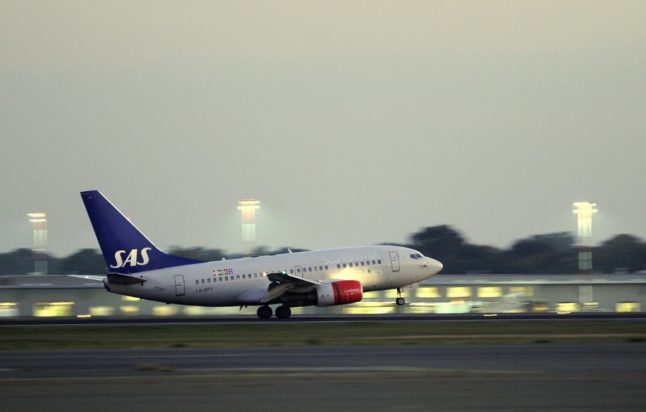Pilots from Scandinavian airline SAS are on strike over a disagreement on wages and working conditions. The airline has said that each day that the strike continues, 30,000 passengers will be affected.
The strike, in which 900 pilots are participating, could spell chaos for travellers travelling in and out of the Nordics this summer, the first without pandemic disruption since 2019.
Many booked with the airline have been left sweating over whether or not their flight will be cancelled, with neither side signalling how long the strike will go on.
Unfortunately, one aviation expert doesn’t see an end to the strike soon.
The reason for this is that pilots are not only striking over wages and working conditions but also because they are unhappy with how the airline are recruiting pilots.
Instead of re-employing those SAS pilots who were laid off during cutbacks caused by the pandemic, priority is instead being given to hiring new pilots on cheaper deals in two subsidiaries, SAS Link and SAS Connect.
“There are no reassuring signs that it (the strike) will be short-lived. They have been negotiating for several days, with several postponements, and yet they did not agree,” Jacob Pedersen, an aircraft analyst at Danish Sydbank, told Norwegian newspaper VG.
The hiring of new pilots to subsidiaries has caused a deep rift between the two parties during negotiations. The airline sees it as an essential part of cost-cutting practices required to ensure its survival. In contrast, pilots’ representatives argue that hiring pilots to subsidiaries on lower terms is a form of reducing the power and influence of the unions.
However, one of the parties will have to compromise eventually, according to Alexander Sønderland Skjønberg, associate professor at BI Norwegian Business School.
“They disagree on a very fundamental question. How they will solve it, this is difficult to imagine. But one of the parties will give in at some point,” he said to VG.
The professor predicted the strike could last for around a week.
“It is so difficult to say because I do not know where they stand in the negotiations, but I guess maybe a week’s time (the strike could end)”, Skjønberg said.
The reason being is partially due to the perilous financial state of SAS, with some analysts predicting that the strike could bankrupt the company if it drags on for too long.
“Either the pilots give up, SAS gives up, otherwise the company goes,” Espen Andersen, an aviation analyst at BI Norwegian Business School, said to VG.
Similarly, Christian Kamhaug said he didn’t envisage the strike lasting much longer than the previous strike in 2019 due to estimates that the strike is costing SAS between 80-100 million Norwegian kroner per day.
“The previous pilot strike, which was in 2019, lasted for six days. It was a pretty long strike, really. It is said that SAS then lost 700 million kroner,” Kamhaug told Norwegian TV2.
READ ALSO: What can SAS passengers do if their flight is affected by pilots’ strike?



 Please whitelist us to continue reading.
Please whitelist us to continue reading.
Member comments